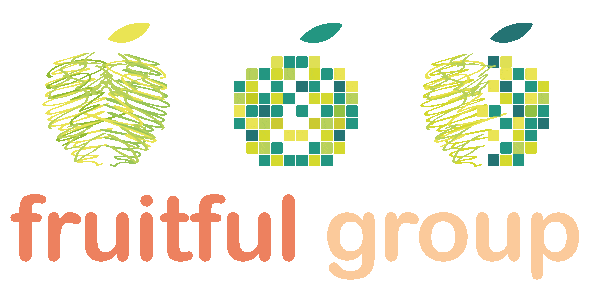We want you to thrive, not just survive this challenging time. Now is a great time to improve your skills and your business. If design is not one of your strengths, then this is for you. For our second episode in the 'Thrifty Thursday Series' we are sharing design tips to build your brand, drive traffic and attract more customers.

Firstly, we reveal our key design parameters to create effective campaigns. Then we have some links to free design tools to get your started and save you time.
So let's dive in.

We're strong believers in the KIS model - Keep-It-Simple, so everything comes back to three key elements - the three C's:
Creative
Contrast
Consistency

Creative
For the creative elements, we're going to cover mood boards, typography, alignment and icons. And a reminder to design for your target audience, not you. Be clear on who do you want to take action and make it speak to them - their interests, their language, their look-alike persona.

Mood Board - Start with a mood board to represent the colours, images, fonts and design styles you like that will fit with your campaign and your target audience.
For long term campaigns stick very close to your brand guidelines. For short term campaigns, you can also introduce elements of the current design trends, but still keeping inline with your brand.

Typography - For fonts sake - limit your typeface! Keep to two or three key fonts or fonts within the same family (ie vary with bold, italics versions). See five examples below in how you can get two font styles working together to create impact with simplicity.

Alignment - Align your objects to create order and hierarchy on the page. Below are two examples of left alignment and centre alignment. Be consistent with what you choose.

Icons - These are great to provide a visual element to highlight your point, but keep to the same style. Below are examples of line drawing, solid icons and a circular see-through style. Whichever you choose, stick to it during the campaign, presentation and even create a set for your brand style guide.

Contrast
Contrast is the key to your key message popping off the page.
The best tools to create effective designs with contrast are colours, blank space and scale.

Colour Palatte - Choose your primary colours and then a secondary colour scheme that is in large contrast to your primary. Keep your background neutral and your selected colour scheme in vast contrast.

Blank Space - Blank space is your friend. When selecting images you can choose one with lots of space for text or if using isolated images (background-free) then you can work with white space. Do not fill every corner as it will look too cluttered and be hard for your message to be interpreted quickly. Go with less is more to enhance the design and create intrigue so they want to know more.

Scale - use scale of the content to amplify the key message. In the example above SALE is the priority so this font has seen increased so it is the first thing you see.
Readability - ensure your text is easy to read. A simple way to contrast text over images is to use a transparent box underneath the text to separate it from the image. See an example below (example two is much more effective than example one). The other tricks are to adjust brightness of your image or go for the blank space by shifting your main object away from the text so there is a neutral background.

Consistency

Rinse, Repeat, Resize - When you rollout your campaign across various mediums, ensure there is a consistent execution. Resize but don't reinvent! Go for the cookie cutter approach. The elements don't need to be identical, but have similar ingredients like the example below.

If you are creating a multiple page document, keep the elements consistent on each page. This includes heading font, colour, style of image display, colour palates. You can vary which elements, but keep them in the same family.
Free design tools

Now for the gems. To get you started we're sharing some of our favourite time-saving tools for designers.
Canva - find templates for every type of execution, theme and platform. You can upload your brand elements or choose from their stock content. You can switch out colours and elements in their design, and it's faster than starter a design from scratch. You can create a free account, but there is also a paid version which provides all the bells and whistles. canva.com
Figma - a graphic design tool to create logos, social media graphics, presentations and more. Figma.com
PlaceIt - if you've created a design and want to see what it looks like in situ, then this is your tool. Instantly drop your artwork onto computer screens, T-shirts, book covers, products and more. You will find a large selection of free designs and mockups. If you find this tool useful you can upgrade to the paid version. PlaceIt.net
Be Funky - access to photo editing and design templates. Great if you don't have photoshop to add filters, frames and textures to photos. BeFunky.com
Coolors - A colour scheme generator. If you have chosen your primary colour, it will select compatible secondary colours that match. Coolors.co
We hope you found this useful. If you need help with creating your corporate identity, developing your brand style guide or preparing graphics for your campaign, we're here to help. Contact Shelley Tilbrook - shelley@fruitfulgroup.online


Comments